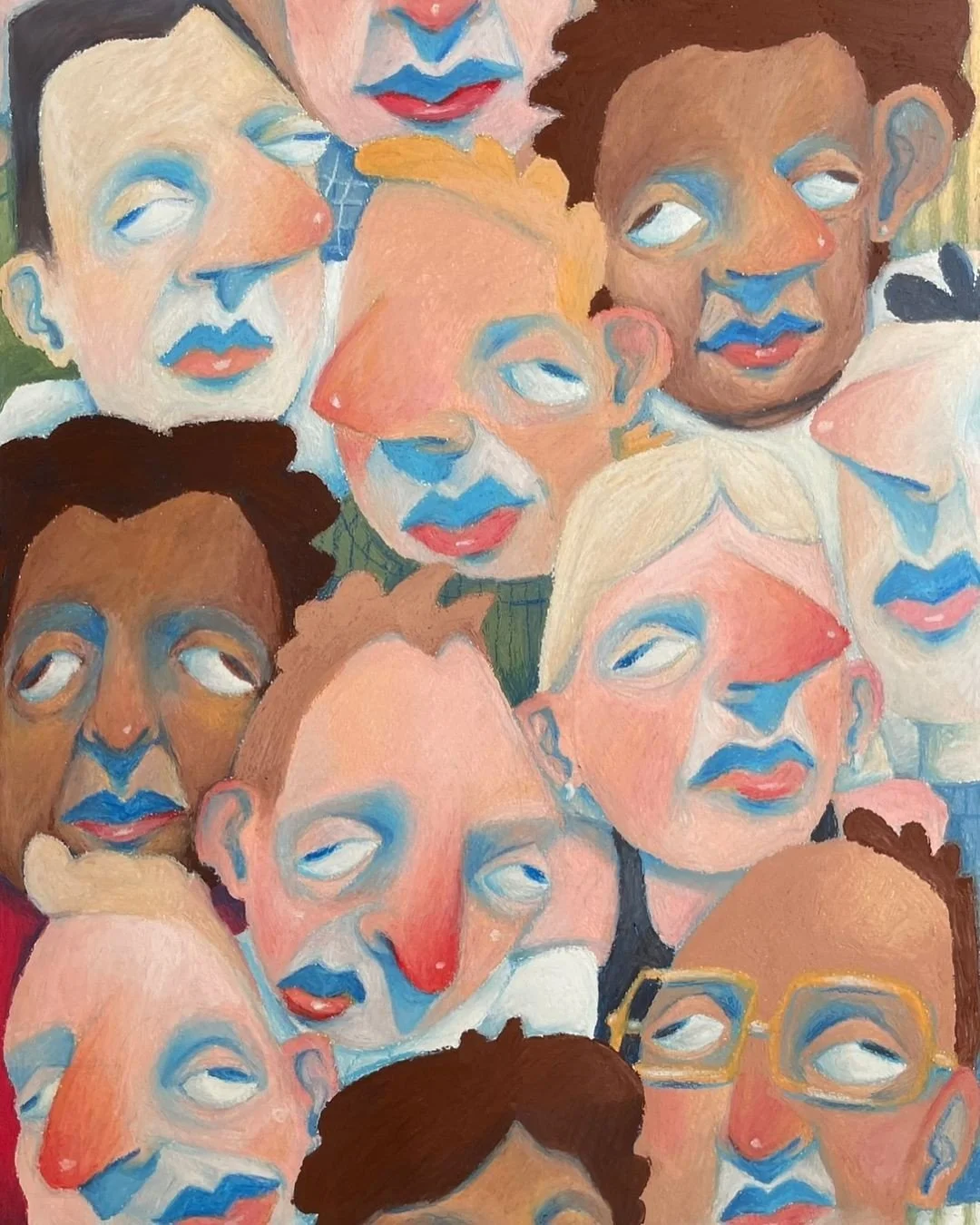From Embodiment to Action: Cultivating Connection Within to Build Stronger Communities
Introduction: Collective Strength Begins Within
Community building and collective action often focus on external strategies: organizing, mobilizing, and advocating for change. But beneath every movement lies a more personal foundation—our connection to ourselves. Without the grounding of individual embodiment, our efforts risk being reactive, fragmented, or unsustainable.
Individual embodiment—the practice of deeply inhabiting your body and being present with yourself—isn’t just self-care; it’s a radical step toward creating resilient, interconnected communities. In this article, we explore how personal embodiment supports collective transformation and why true community begins within.
What Is Embodiment, and Why Does It Matter for Community?
Embodiment is the practice of being fully present in your body—listening to its sensations, emotions, and rhythms without judgment. It’s a way of reconnecting with the wisdom your body holds and cultivating a sense of groundedness and awareness.
In the context of community and collective action, embodiment matters because:
Presence Creates Clarity: Embodiment helps you understand your needs, boundaries, and capacities, allowing you to show up authentically.
Regulation Reduces Reactivity: A regulated nervous system fosters thoughtful responses instead of impulsive reactions in high-stakes situations.
Self-Connection Builds Empathy: The deeper your connection to yourself, the more compassion and understanding you can extend to others.
Embodiment isn’t about perfection or isolation—it’s about cultivating the internal strength and awareness needed to engage with others in meaningful, sustainable ways.
The Risks of Disconnection in Community Building
When we bypass our individual embodiment, collective efforts can suffer. Disconnection from ourselves often leads to:
Burnout: Without awareness of our limits, we overextend, depleting our energy and capacity to contribute.
Conflict Escalation: Unprocessed emotions or unresolved trauma can bleed into group dynamics, creating unnecessary tension.
Fragile Foundations: Communities built on external actions alone may lack the depth and resilience to weather challenges.
True community requires individuals who are not only committed to the cause but also attuned to their own inner landscapes.
How Individual Embodiment Supports Collective Action
1. It Grounds You in Your “Why”
When you’re embodied, you’re connected to what drives you. You understand the emotions, values, and lived experiences that fuel your desire for change. This clarity anchors you, making it easier to stay committed even in the face of challenges.
Embodiment Practice:
Take a moment to pause and place your hand over your heart.
Ask yourself: What am I feeling right now? Why does this work matter to me?
Let the answer guide your next step.
2. It Strengthens Nervous System Resilience
Collective action often involves uncertainty, conflict, and high emotions. Embodiment helps you regulate your nervous system, so you can navigate these moments with calm and presence rather than overwhelm.
Embodiment Practice:
Use breathwork to anchor yourself: inhale for four counts, hold for four, exhale for six.
Notice where tension resides in your body, and gently invite it to release.
3. It Builds Genuine Connection with Others
Embodiment fosters authenticity, which is the foundation of trust in any community. When you’re present with yourself, you can show up fully for others, listen deeply, and co-create solutions that honor everyone’s needs.
Embodiment Practice:
Practice body awareness during conversations. Notice how your body responds to what’s being said—tightening, softening, or holding still.
Use this awareness to stay present and engaged with others.
4. It Amplifies Collective Power
When individuals are embodied, the collective becomes more than the sum of its parts. Embodied individuals bring presence, creativity, and grounded energy to the group, strengthening its ability to act with clarity and purpose.
Embodiment as Resistance and Repair
In a world that often disconnects us from our bodies—through oppression, overwork, or constant distraction—embodiment is a radical act of resistance. It’s a way to reclaim agency, repair the wounds of disconnection, and create the internal stability needed to face systemic challenges.
Embodiment also supports:
Healing Generational Trauma: By reconnecting with your body, you break cycles of disembodiment passed down through families and communities.
Restorative Justice: Embodied practices help us hold space for discomfort, repair harm, and move toward reconciliation.
Sustainable Activism: When you’re attuned to your body, you can pace yourself and prevent burnout, allowing you to stay engaged for the long haul.
Practices to Cultivate Individual Embodiment for Collective Action
1. Start with Stillness
Take five minutes each day to sit in stillness, noticing your breath, heartbeat, or the sensations in your body. This simple practice creates a foundation of presence.
2. Move to Release Stagnation
Movement practices like yoga, dance, or walking reconnect you with your body and release tension, creating space for clarity and creativity.
3. Name Your Emotions
Develop a habit of checking in with your emotions and naming them—whether it’s joy, frustration, or grief. Acknowledging what you feel helps you process and release it rather than carrying it into group interactions.
4. Practice Co-Regulation
Engage in practices that involve shared embodiment, like breathing or moving with others. Co-regulation strengthens bonds and helps synchronize nervous systems, creating a collective sense of safety and trust.
Conclusion: Embodiment as the Root of Collective Transformation
Individual embodiment isn’t a detour from community building—it’s the foundation. When we inhabit our bodies with awareness, we bring groundedness, clarity, and empathy to our collective efforts. This creates communities that are not only effective but also compassionate and resilient.
At Ghost Point, I offer tools and practices to help you deepen your embodiment and contribute to the collective in ways that honor both yourself and the larger whole. Together, we can build communities rooted in connection, action, and transformation.
Ready to Explore the Power of Embodiment?
Check out my sessions.




